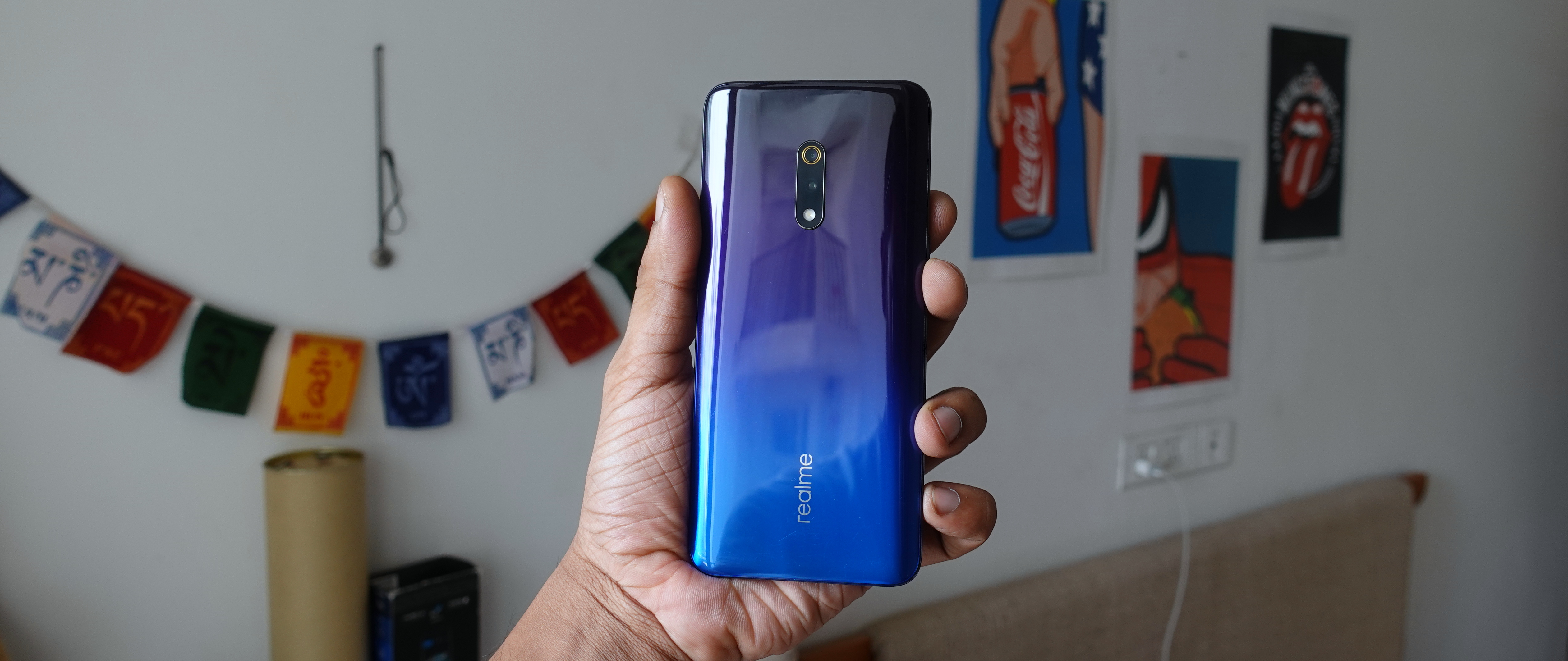Why you can trust TechRadar
Cameras
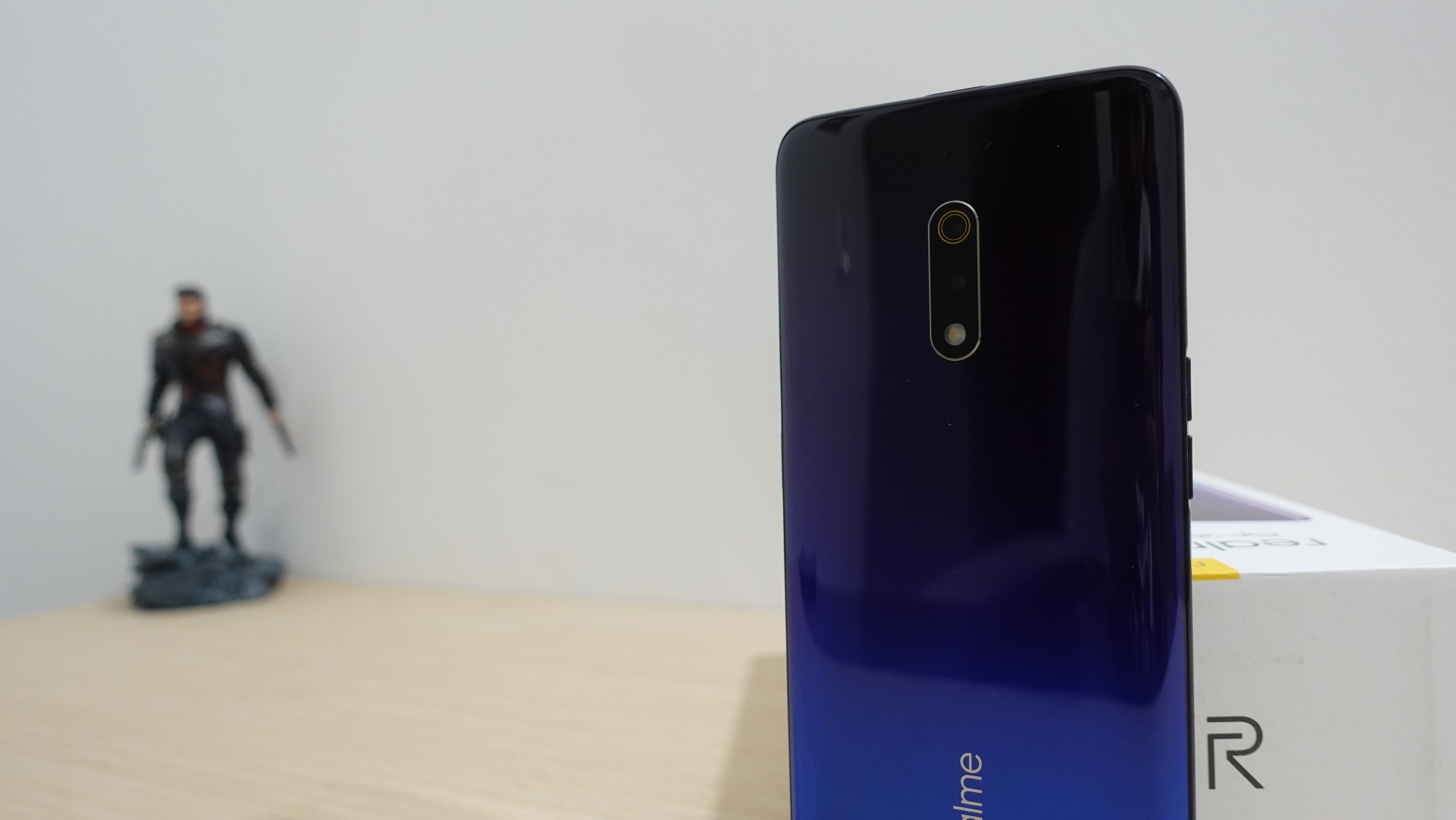
Realme X gets a significant upgrade in the form of a primary 48MP camera that uses Sony’s IMX586 sensor, also seen on Redmi Note 7 Pro and OnePlus 7 series. It is supported by a 5MP depth sensor which lets the phone create pictures with depth-of-field. The primary camera has an f/1.7 aperture and uses pixel binning technique to capture more details and textures in a frame.
In daylight, the camera performs exceptionally good with natural colors and clarity. The white balance is decent with generally favorable dynamic range. Features like Nightscape and Chroma Boost allows the camera to perform better in low-light and optimizes light and colors for a natural-looking picture.
When shooting at night or in a low-lit environment, the standard photo mode isn’t able to capture much of the details, and the pictures are filled with noise. Nightscape mode improves the low-light performance by a good margin but is still a hit and trial method, often requiring a bunch of shots to get that one decent night picture having perfect highlights and clarity.
Portrait mode is assisted by the information from the depth sensor and works towards optimizing white balance, exposure, and highlights automatically through AI recognition, which can detect close to 16 different environments and objects. The pictures made in this mode came out to be detailed, but the artificial blur was easily identifiable. The camera optimizations seem to be a bit harsh as the edges look smoothened out, but in bright daylight, it performs better.
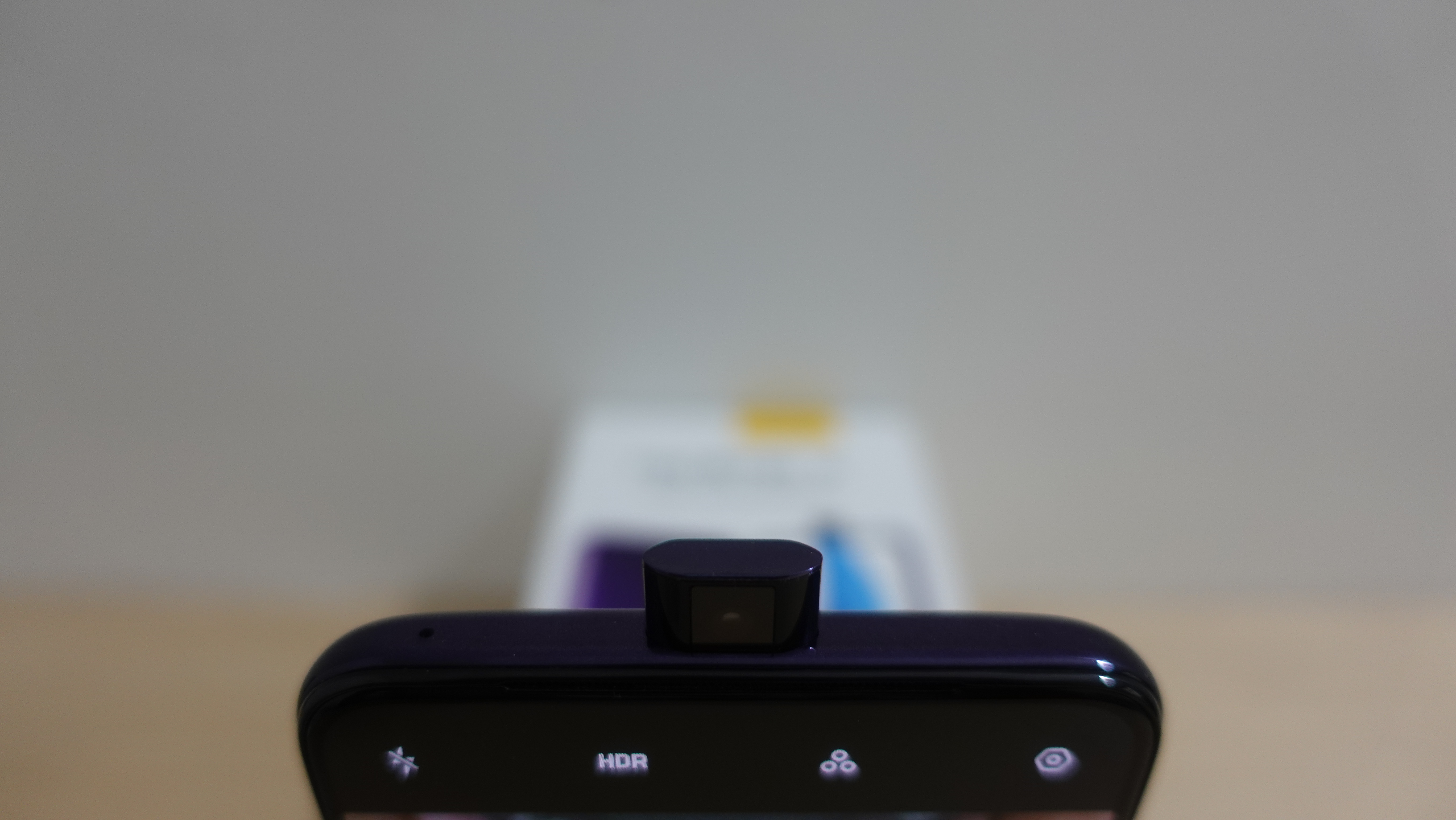
Coming to one of the major highlights of the Realme X-- there’s a 16MP front-facing camera for selfies housed in a motorized pop-up module on the top of the phone. It uses a Sony IMX471 sensor and has an f/2.0 aperture.
Realme claims that it takes just 0.74 seconds for the camera to pop-up-- which is fast--, but it seems to take a whole second to slide back inside, which is a bummer. Additionally, the front camera is protected by Sapphire glass coating and also features a redundancy in case of accidental fall which lowers down the camera automatically






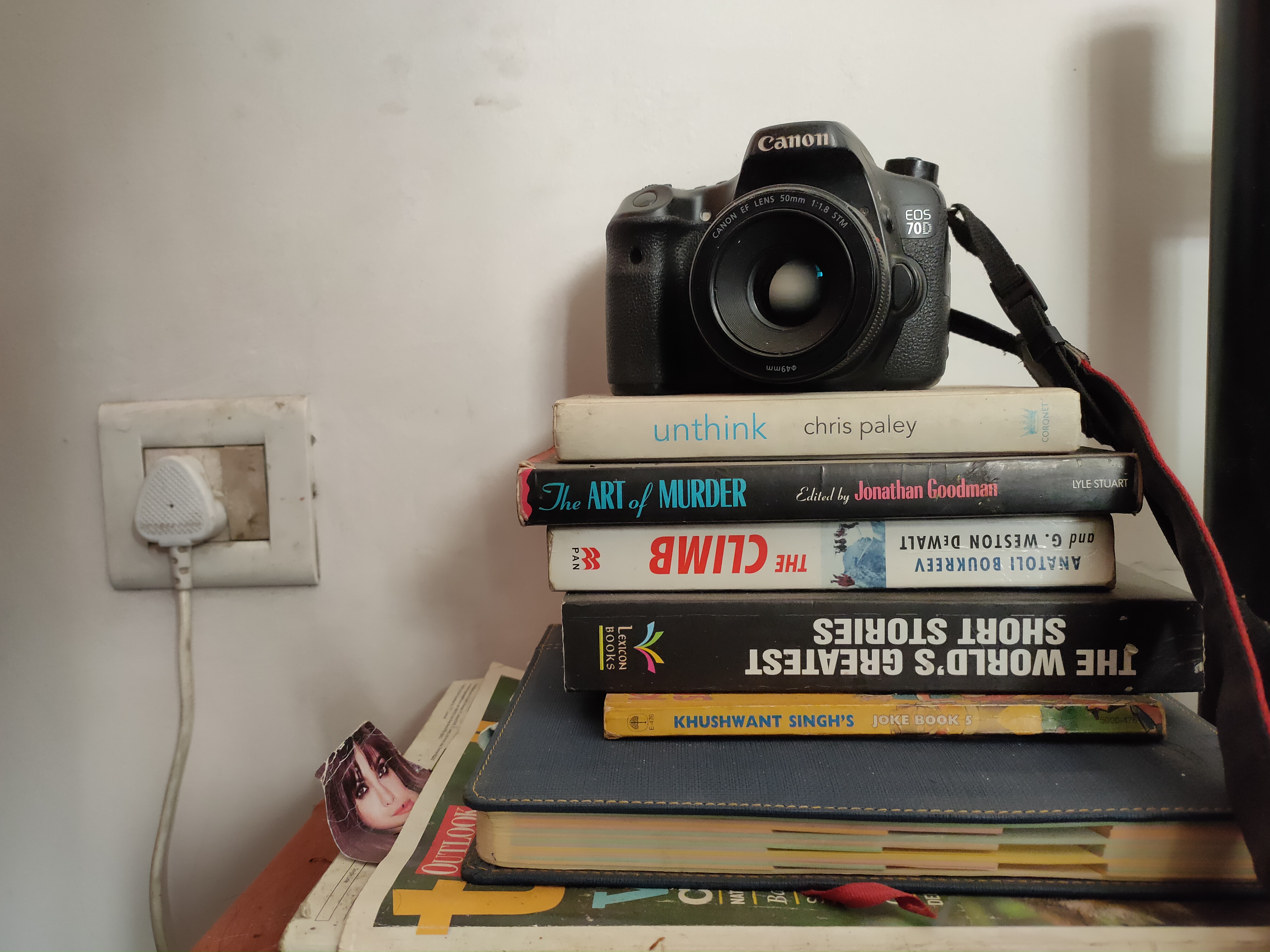
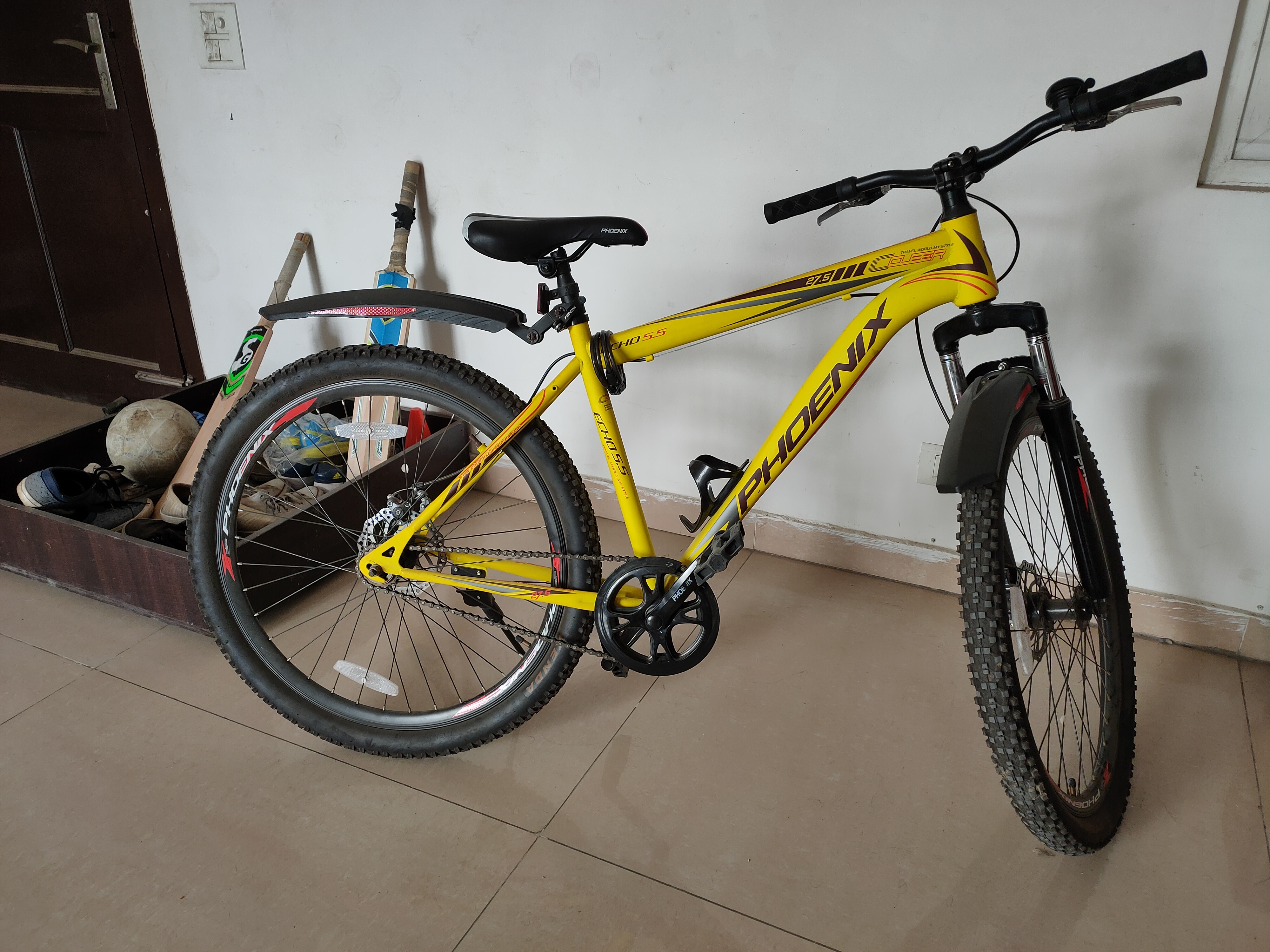










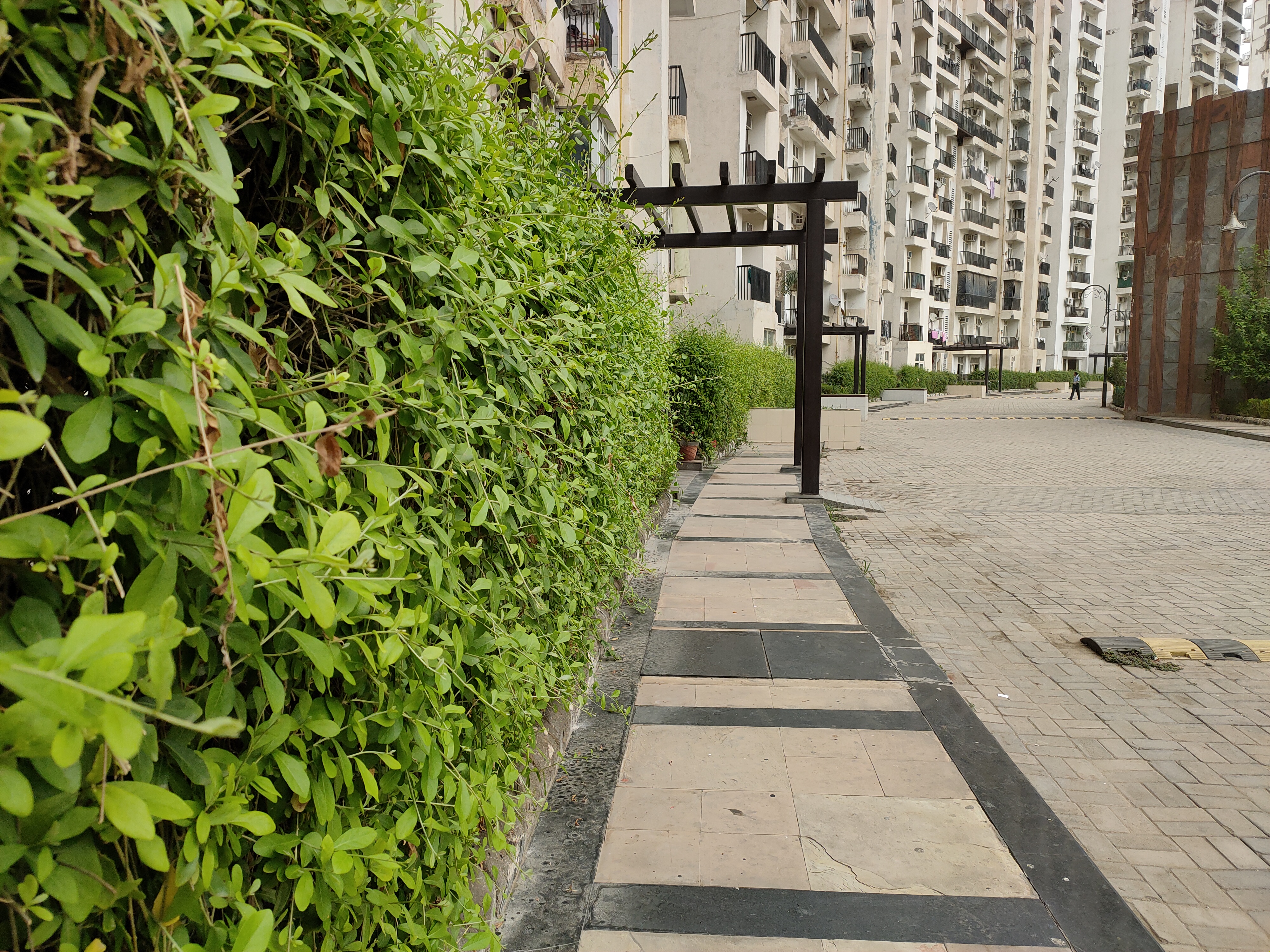
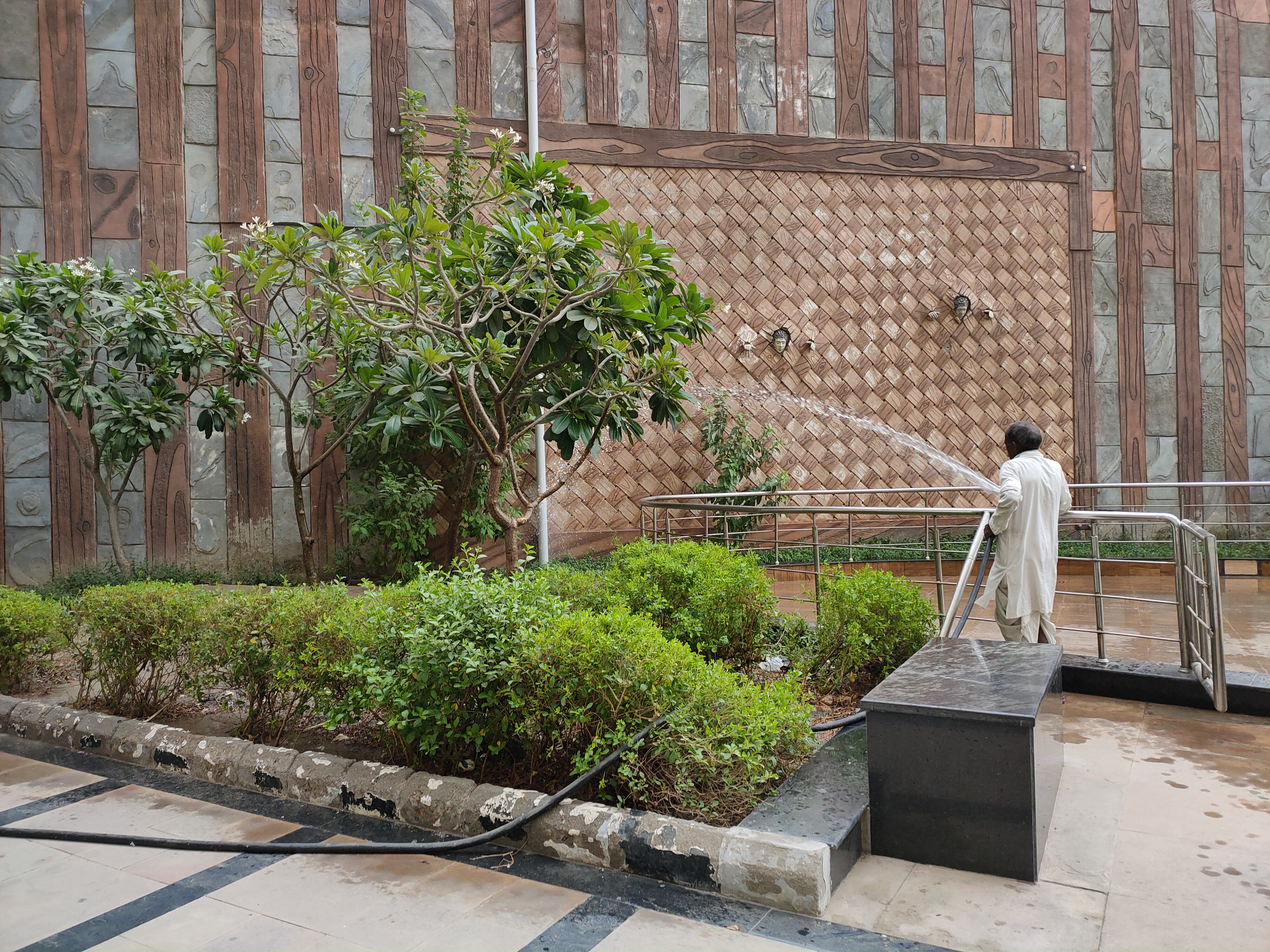




Performance
Under the glamorous shell lies the Qualcomm Snapdragon 710 chipset with an octa-core CPU-- two Kryo 360 Gold cores clocked at 2.2GHz and six Kryo 360 Silver cores at 1.7GHz. This is supported by Adreno 616 as the graphics processor and the whole setup is paired with 4GB/8GB RAM and 128GB storage which isn’t expandable.
Now, this is the same hardware that debuted with the Realme 3 Pro in April this year except for two minor upgrades. Realme X has opted for LPDDR4X RAM and UFS 2.1 storage, assuring faster read and write speeds. Due to this, you will experience faster app launches and fairly optimized multi-tasking experience.
In daily use, the phone performed consistently and was able to power through every app and game that I installed on it. This includes popular apps and games, among others. Be it going through Facebook and Instagram posts or watching videos on YouTube; the phone does the basics neatly.
As for gaming, that’s where the Adreno 616 comes into play and brings in a great gameplay experience. The phone has a bunch of optimization solutions particularly for games that include Hyperboost 2.0 and Gameboost 2.0 engines. These two solutions monitor the real-time performance of the phone while a game is being played and allocate memory accordingly, thereby resulting in a smooth and stutter-free gameplay experience. Game Space is another app that lists all the games on the phone and offers advanced settings such as competitive mode, brightness lock, and shortcuts to screenshot and screen recording.
I also tested the Realme X on AnTuTu benchmark where it received 155148 points while Geekbench awarded it 1473 points on single-core and 5895 points on multi-core tests. These are pretty decent scores, and while the Redmi Note 7 Pro is indeed a better performer, the Realme X isn’t far behind the curve.
The phone runs on ColorOS 6, which is based on Android 9.0 Pie. The UI is relatively easy to use but looks a bit patchy when reopening and closing apps. But this is nothing that cannot be fixed via a software update. It also comes pre-loaded with apps including WPS Office, Dailyhunt, Facebook, Webnovel, NewsPoint, UC Browser, Amazon India, ShareChat and Paytm. Truthfully, this wasn’t necessary as it should optimally be left to the user to decide apps of their choosing.
Realme X is a decent, reliable performer, and is excellent when it comes to gaming. The full-screen experience also compliments the general usability and how you move about the phone, including using apps.
Battery Life
The phone comes fitted with a 3,765mAh battery which is a bit less than the one on the Realme 3 Pro. It also supports 20W fast charging via VOOC 3.0 charging solution which is able to fully charge the phone from 0% to 100% in around 1 hour and 10 minutes.
In my use case which consists of regular PUBG matches, social media apps, watching videos on YouTube among others, Realme X was able to last for more than a day. Regular users will easily be able to manage more than this on the phone which is good for a phone powering an AMOLED screen.
Verdict
With a Super AMOLED screen, handy design, 48MP camera, and an in-display fingerprint sensor, the Realme X is the best Realme has to offer right now. In some ways, it felt like an extension of the Realme 3 Pro, and while the Realme X has rectified the shortcomings of that phone, it is still not a perfect phone.
I expected better camera performance and OS-level optimizations that would improve the overall experience of using the phone. On its best days, the phone manages to create some Instagram worthy pictures, which is what makes it a decent package from a company trying its hand at value for money phones.
For its asking price, the Realme X does manage to provide a great value with easy to use features and consistent performance.
- Siddharth Chauhan is the Consumer Technology Reporter at Digit India. He used to work as an Assistant Editor at TechRadar India
